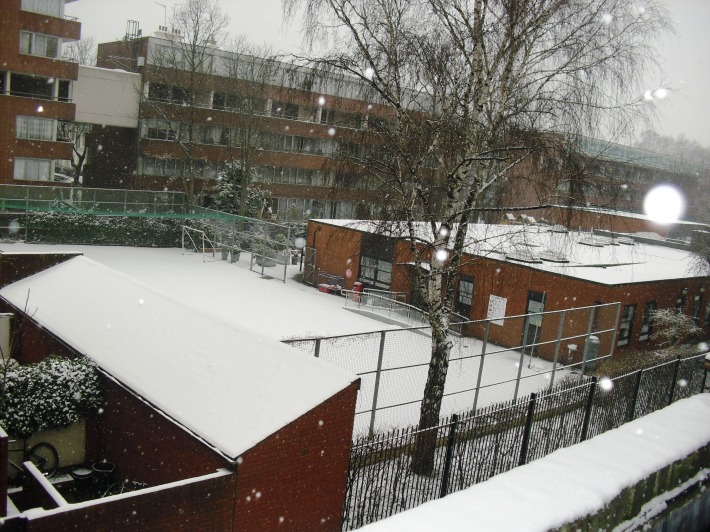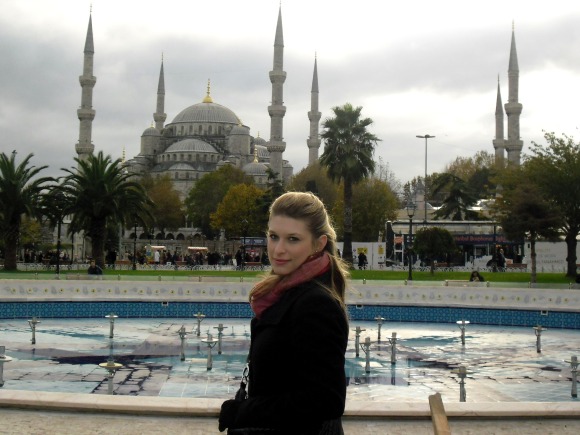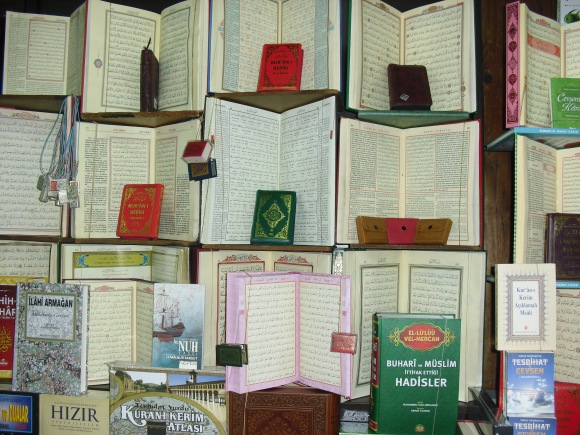Saturday 12th November 2011, 9.42 pm: a date and time which I will never forget.
 To a non-Italian, this might appear an overstatement. But, trust me, it is not. I will remember this date not as Berlusconi’s resignation, but as Italy’s comeback to political discourse.
To a non-Italian, this might appear an overstatement. But, trust me, it is not. I will remember this date not as Berlusconi’s resignation, but as Italy’s comeback to political discourse.
As an Italian Londoner, I am confronted on a daily basis with questions on Italy’s economic crisis and – ultimately – Berlusconi’s stay in power for so long. To my surprise, most people I have spoken to (from all over the world) seem to find Berlusconi a very amusing character, someone who has smartly albeit wrongly drawn attention on himself by conducting a brave sexual life. I feel enraged when I hear this. Italians (note: those who DID not vote for him) have been enduring far more than a comedian’s act based on excessive sexual actions. The reasons why us, enraged and outraged Italians (the ‘indignati’ movement – ‘indignati’ meaning ‘outraged’), have been long campaigning for Berlusconi to step down bear much deeper roots.
Back to the Roots of the Problem
These roots go back to the beginning of Berlusconi’s career, when he emerged as a self-made business man through allegedly illicit financial transactions. Over the years, he has been involved in a high number of court proceedings leading him to enter into politics to pursue the goal of achieving political immunity from legal suits against him. Ever since he’s been in politics, he’s built up a caste of people to form his party, the PDL – Party of Freedom, resembling rather a mafia-entourage rather than a selection of politicians committed to an ideology or a cause. The party’s members have as a minimum common denominator the involvement in judicial proceedings, in the media and business empire led by the Berlusconi family and the party life-style culminating in the so well-known ‘Bunga Bugas’. So, as it is clear from this picture, the sexual aspect of Berlusconi’s political ‘peformance’ represents only one face of his role in Italy’s political landscape.
The reality is that Italy is sinking not only because Berlusconi has destroyed Italy’s reputation abroad with his extravagant life-style, but – first and foremost – because all he’s done for the past years in power has been implementing laws to protect his personal interests and those of his carefully selected entourage. These laws, the so-called ‘ad personam’ laws, have been attacking the judiciary and have destroyed the public sector. All social classes in Italy have been attacked directly or indirectly by himself or by members of his government. Teachers have been insulted by one of the Ministers, Mr Brunetta. Judges have repeatedly been target as ‘manipulators of the law’, ‘red gowns’ acting on behalf of evil Communists. Universities have been systematically seen their research funds withdrawn accompanied by attacks against the university barons who suck money from the State to maintain the status quo and prevent political freedom in Italy.
Some commentators have suggested that Italy has been experiencing a sort of ‘silent dictatorship’. The Government and Berlusconi, backed up by lines and lines of supporters, have reduced the freedom of speech in a country where anyone opposing the Government’s policies (i.e. the ‘ad personam’ laws) has been accused of siding with the Communists, of acting against the country’s interest. All this has eventually led to the death of political discourse. All Italy’s been discussing for years has been how to get rid of Berlusconi and – on the other side – how to get rid of Berlusconi’s opponents. The real problems of the country – unemployment, lack of funding in the education and health sectors, the massive bureaucratic problems in the judiciary, the high rates of tax evasion (only to mention some) – have been not only ignored but denied. Italy’s own government (and opposition) lost track of the real world and locked themselves up in a useless debate.
We’ve seen a dramatic impact of Italy’s political deadlock on immigrants from the Northern-African region arriving in Lampedusa (https://littleexplorer.wordpress.com/2011/04/02/desperation-in-lampedusa/). Italy showed its inability to tackle the situation due to the absolute absence of policy and political discourse on immigration which went beyond mere right-wing extremist statements on expelling all foreigners regardless of their circumstances.
Europe’s Blindness
Why has Europe not seen the relationship between these dramatic facts and Berlusconi’s government? Why has it taken so long for the world to notice that Italy was rapidly sinking? The answer lies once again in economic interest.
I participated in anti-Berlusconi demonstrations and saw crowds and crowds of people feeling the same way as I did (and still do): outraged, “indignati”. I was so surprised that there had been such a little coverage, that I emailed photos of the demonstrations to many newspapers. I published a few of my photos of these demonstrations on my blog back in February 2011: https://littleexplorer.wordpress.com/2011/02/13/italy-says-no-to-berlusconis-brothel/
The Economist published several articles denouncing the situation in Italy, one of which clearly outlined and predicted the present catastrophe – https://littleexplorer.wordpress.com/2011/06/16/the-man-who-screwed-an-entire-country-the-economist/.
What Next?
Now what? Berlusconi’s resignation is important but it is not the last act of his performance. Roberto Saviano – one of Italy’s most famous writers who is currently living under protection in a secret location to avoid mafia’s reprisals – has published an article on The Guardian commenting on the future ahead (http://www.guardian.co.uk/world/2011/nov/11/silvio-berlusconi-own-interests-italy?newsfeed=true).
The defeat of Berlusconi is not yet the defeat of his entourage and of the political attitude promoted by them. These are going to be the next steps and thy will require all Italians – as well as Europeans – not to forget about Berlusconi’s conduct. I would not like to see him being re-elected a few months or a year down the line, when he will claim that the new government has failed to solve the crisis. Re-opening political discourse after a long ‘dogmatic sleep’, to say it in Kantian terms, will mean facing open scars and making tough choices to mend them.
It is clear that hard times are over, but harder times are to come if Italy wants to have any hope of building on its ruins.
IF YOU ENJOYED THIS POST, SIGN UP TO MY BLOG TO RECEIVE UPDATES IN THE FUTURE!
































